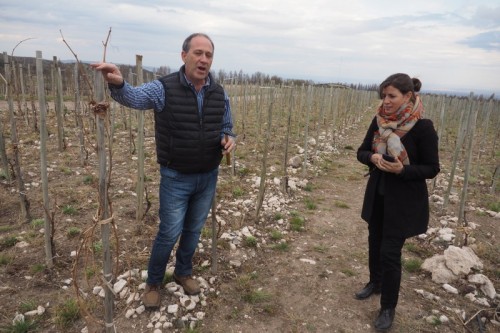
Edgardo (Edy) del Popolo and Davi Bonomi took Paz Levinson and I out to see their Monasterio vineyard, high in Gualtallary, in the Uco Valley. Here, at 1500 metres on the ridge of a hill there are some amazing soils, with a very high proportion of active limestone. It’s this combination of extreme altitude plus special soils that make this potentially such a superb site. [Edy and David both have day jobs, but have collaborated to make the remarkable Per Se wines.]
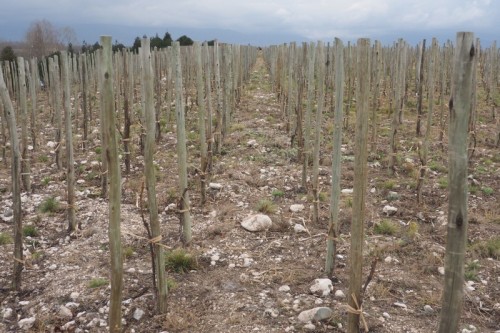
The land is owned by a monastery, and when Edy first saw it he knew that he had to plant a vineyard here. In Gualtallary there are some areas with quite a bit of limestone, which in these very dry areas slowly accumulates in the soil as calcium carbonate is formed (see an explanation of this process here), and slowly increases in concentration because it isn’t washed through in the arid conditions. In these alluvial soils, with large river pebbles and stones, it accumulates on the surface, forming a white crust. This is the most obvious sign, but aside from these white stones, you also get some accumulation in the soil, and frequently a white pan forms.
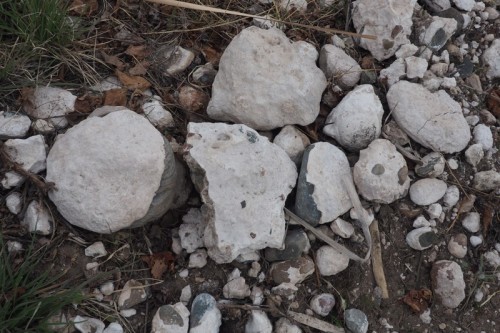
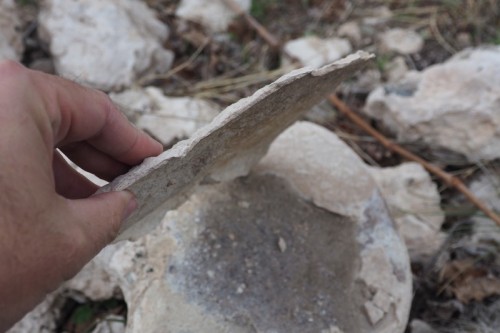
Normally in the region the areas near the river have no calcium carbonate in the soil, but as you move further away it begins to show up: it accumulates over time. The typical range in the area is 0-6%, but in Edy’s vineyard, it is 14-40%, which is an enormous concentration.
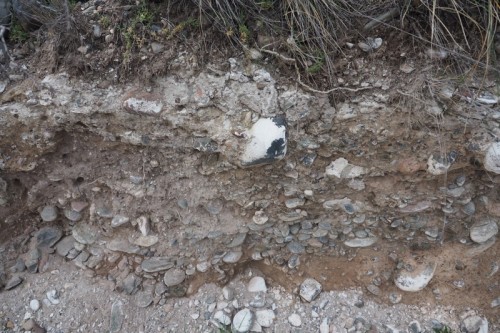
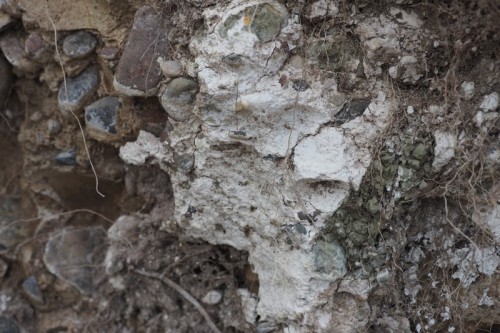


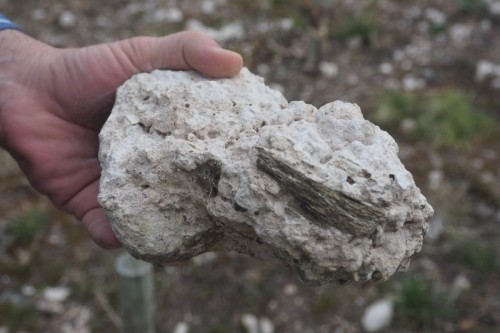
But it’s not just limestone. As well as the chalky bits, there are a wide range of other bits and pieces in the soil, including some soft, decomposed granitic stones that just crumble in your hand, different sorts of clay, and small and large alluvial stones. It’s pretty interesting.
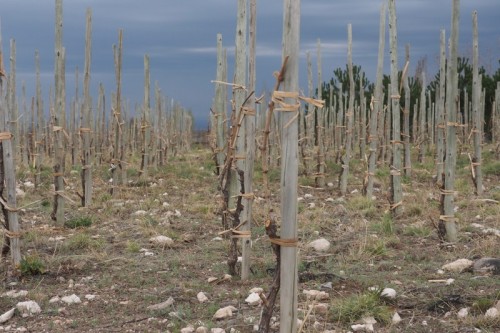
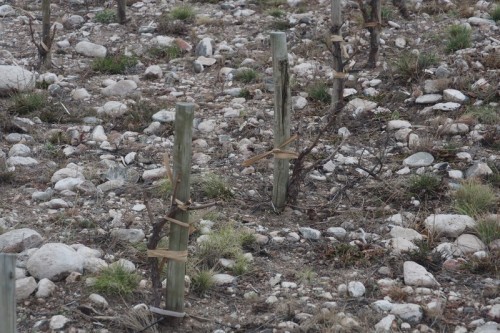
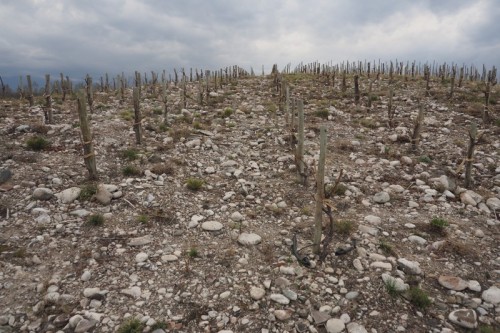
He’s planted 1.5 hectares already, with Malbec plus some Cabernet Franc. The vines have so far had two harvests. They are individually staked, and in a small part of the vineyard they are left as bush vines. Edy and David visit three times a week and do most of the work themselves. Edy says that this way you get to know the vines: this is the way viticulture should be, he maintains. With a vertically shoot positioned vineyard you can lose this connection.

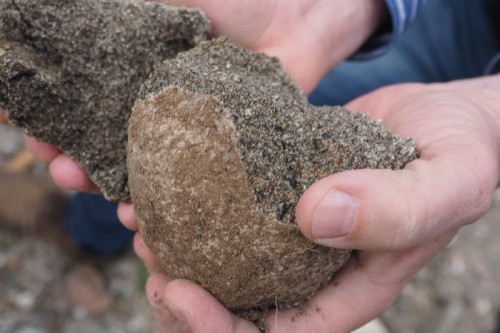
They are planting another hectare and a half, and have been ripping down to 1.5 metres before planting, removing lots of stones in the process, which the monks have piled up according to their size with a view to using them as material to help construct a winery. They also have a small vineyard on their property, but the soils there are very different, with deeper sandy loams.
There is irrigation here, but in 2016 it wasn’t needed: there was enough rain to dry grow the vines. This is their goal, but in some years irrigation will be needed. Weed control is manual, but they are not organic or biodynamic. Yields so far have been very low, but they are thrilled with the wines that they have so far made. They have a very distinctive personality, apparently, which is what you’d hope for when so much care has been taken establishing this vineyard.
4 Comments on Visiting the stunning monastery vineyard in Gualtallary, Mendoza, Argentina
Great post but I didn’t really understand the bit about how/why the calcium carbonate accumulates. It’s there from way back but the soil is slowly being washed away but there’s not enough rainfall to move / dissolve these big deposits? Is that it? Sorry I didn’t get it. Looks like a cool site though. I was lucky enough to meet Edy in London once, super guy, trust this project will end up being something special. And really happy they have Cab Franc in the mix. One to watch out for.
Here’s another explanation – http://www.wineanorak.com/wineblog/wine-science/pedogenic-lime-in-arid-vineyard-soils-how-does-it-affect-the-flavour-of-wine
So carbon dioxide and rain forms carbonic acid, which when it encounters calcium in the soil, forms calcium carbonate. In arid areas this isn’t leached out, but accumulates at a certain distance below the surface.
Ok, got it now, thanks a lot of digging that out.